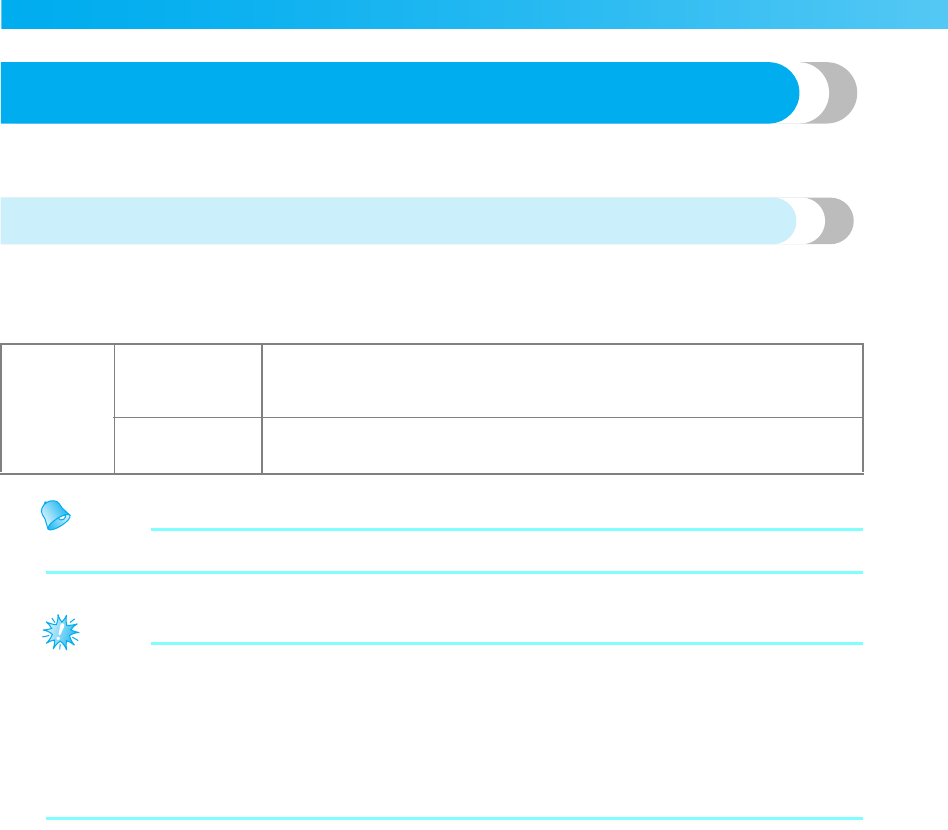
56
EMBROIDERY — — — — — — — — — — — — — — — — — — — — — — — — — — — — — — — — — — — — — — — — — — — — —
Embroidering
After the preparations are done, you can try embroidering. This section describes the steps for
embroidering and appliquéing.
Embroidering attractive finishes
There are many factors that go into sewing beautiful embroidery. Using the appropriate stabilizer (page 42) and
hooping the fabric in the frame (page 43) are two important factors mentioned earlier. Another important point
is the appropriateness of the needle and thread being used. See the explanation of threads below.
Memo
z If you use threads other than those listed above, the pattern may not turn out correctly.
Note
z Before embroidering, check that there is enough thread in the bobbin. If you continue embroidering
without enough thread in the bobbin, the thread may tangle.
z Do not leave objects in the range of motion of the embroidery frame. The frame may strike the object
and cause a poor finish to the embroidery pattern.
z When embroidering on large garments (especially jackets or other heavy fabrics), do not let the fabric
hang over the table. Otherwise, the embroidery unit cannot move freely, and the pattern may not turn
out as planned.
Thread
Upper thread
Use embroidery thread, or country embroidery thread intended for use with
this machine.
Other embroidery threads may not yield optimum results.
Bobbin thread
Use embroidery bobbin thread intended for use with this machine.
For details, refer to “Optional accessories” (page 7).


















